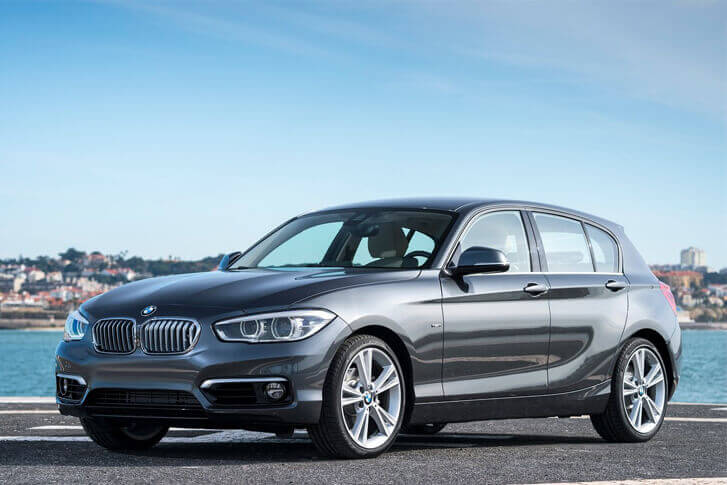
BMW is a German luxurious vehicles company. It’s headquarter is in Munich, Germany. All the vehicles this company has manufactured from the very first day till today are outclass both in terms of quality and performance.
If we look at its engine more deeply, we learn it may “only” be a 2.0-litre, four cylinder, but with two powerful turbochargers, this oil-burner makes a substantial 150kW and a stumbling 400Nm (just ponder upon it – that is acquiring as much torque as the V8-powered BMW M3).
It is its strong engine which prevails this car. It cranks marvelously from 1500rpm, and is fairly tractable it will pull from only 1000rpm in sixth gear. It never ever appears to run out of puff, either, with a sleek and clean rev all the way straight to the redline at 4500rpm and no lessen in acceleration. Turbo-diesel lag? Nope, nothing.
Along with the windows up, the only time you will know it’s diesel at idle. Besides that, it sounds similar to petrol car, which is quite a feat. Nevertheless describing it is only chunk of the story. I prefer, let the figures do the talking.
In the rolling accelerations tests, the monster 123d will produce the 80-120km/h sprint while operating fourth gear in just 5.5 seconds.
Now let’s differentiate that with the twin-turbocharged, active six-cylinder, 3-litres petrol version of this striking car, the 135i. The same run takes only 5.0 seconds.
The same run in fifth gear is exclusively 6.6 seconds (123d) vs. 6.0 seconds (135i). Of course, diesels have evidently come along way and BMW is creating the most of that fact.
But the best and incredible part is when you look the fuel browser. The 135i holder may get there quicker, but they will surely have blazed through 13.0-litres/100km on the city tour, whereas the same conditions mark the 123d slurping with a city usage of utterly half that – 6.5-litres/100km. And as the 123d is honorable part of BMW’s Efficient Dynamics fleet, there is undoubtedly some additional help to keep your fuel usage at very low level.
On the odometer there is a readout which projects the best gear for scoring the best economy. You get to anticipate its patterns, too, with the best changes occurring slightly north of 2000rpm in average cruising conditions, which helps you to use peak torque, but not laboring the engine too much.
After the week’s test, we ended up with a usage of fuel of just 7.9-litres/100km, with the majority of that being, ahem; you could say spirited riding, as well as a wholly urban run. Honestly, it is a staggering result for how meaty it was pushed, and how much honor it provides. And that’s the whole appeal of the 123d Coupe.
To conclude, it can be announced that the most illustrious thing in the popularity of BMW 123d is its high-performance engine.


